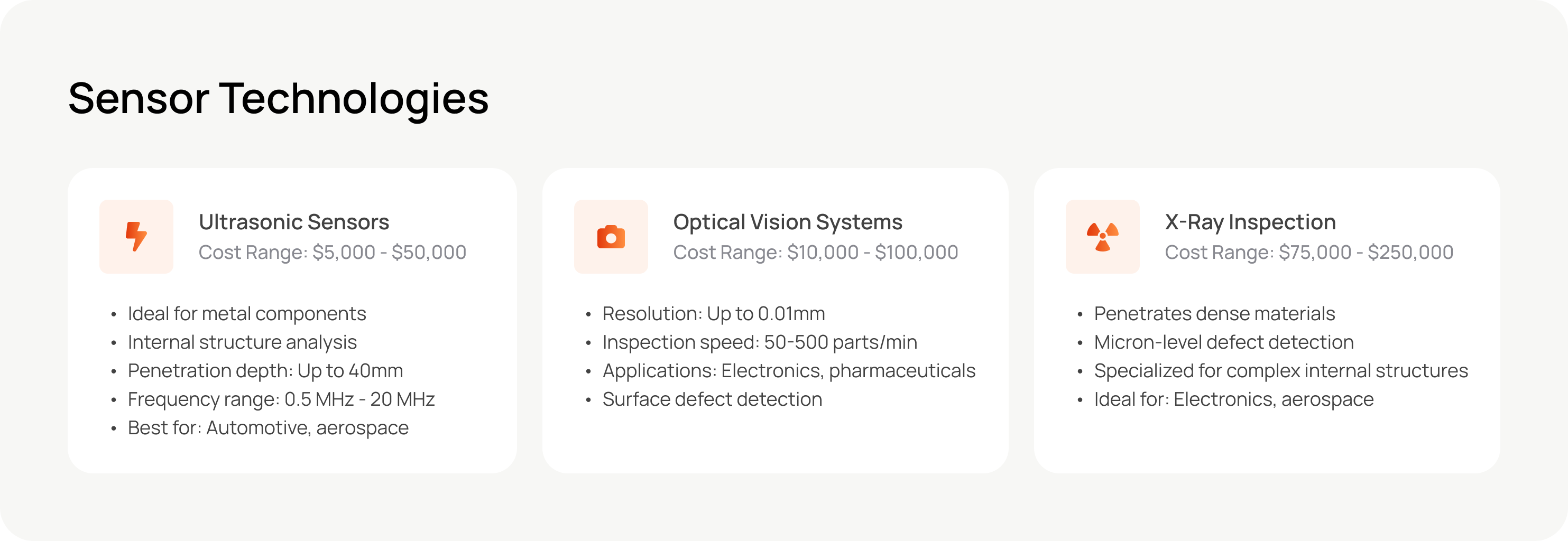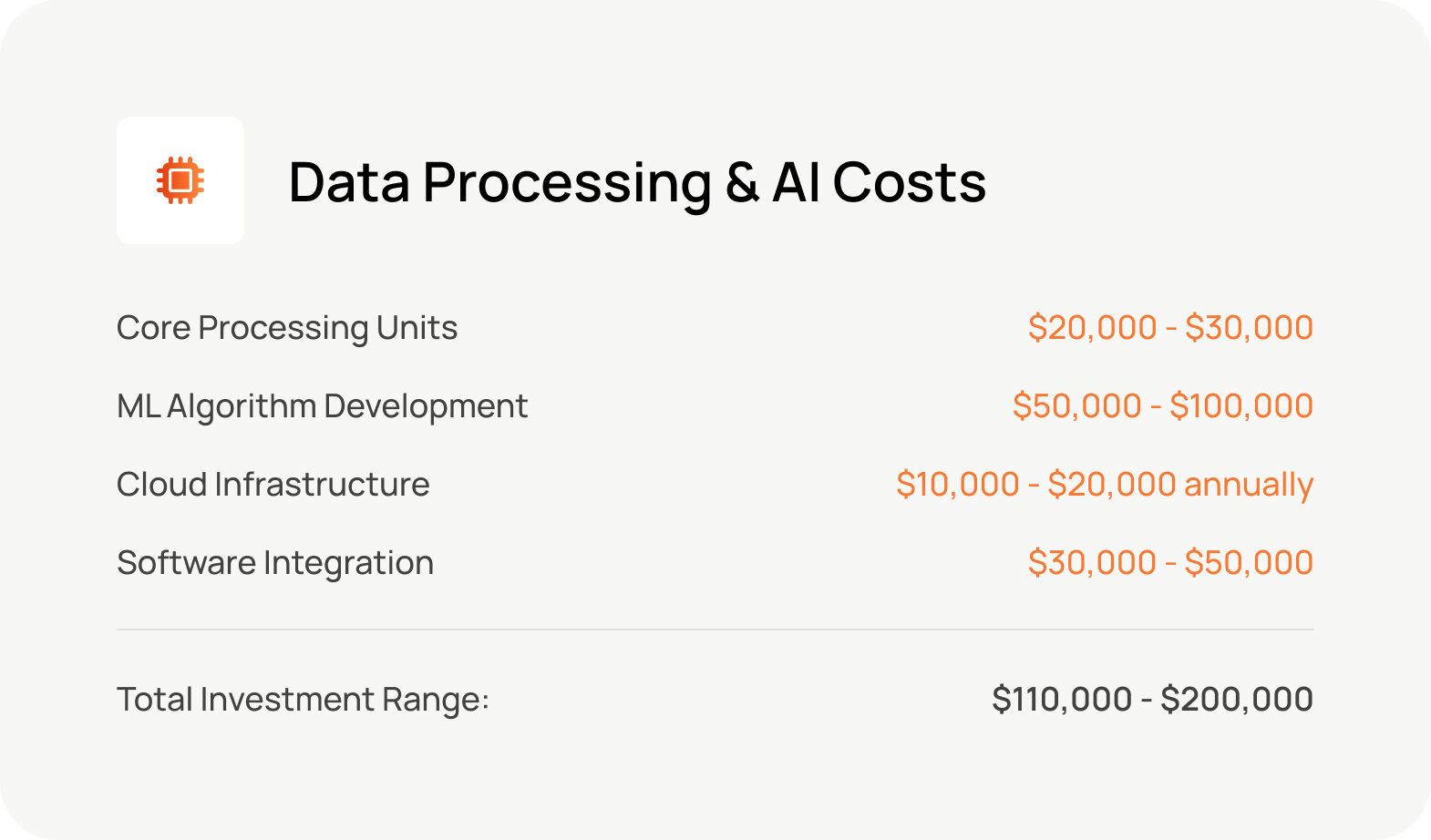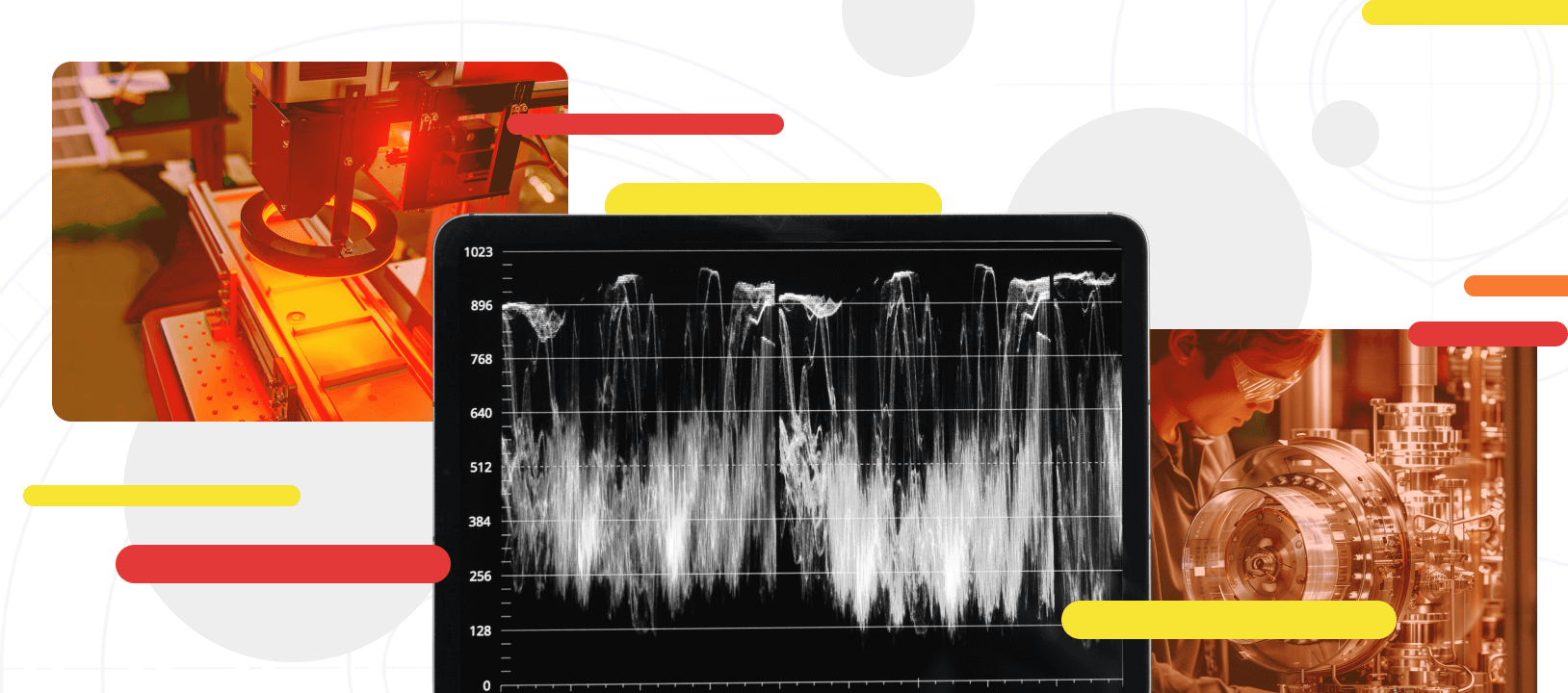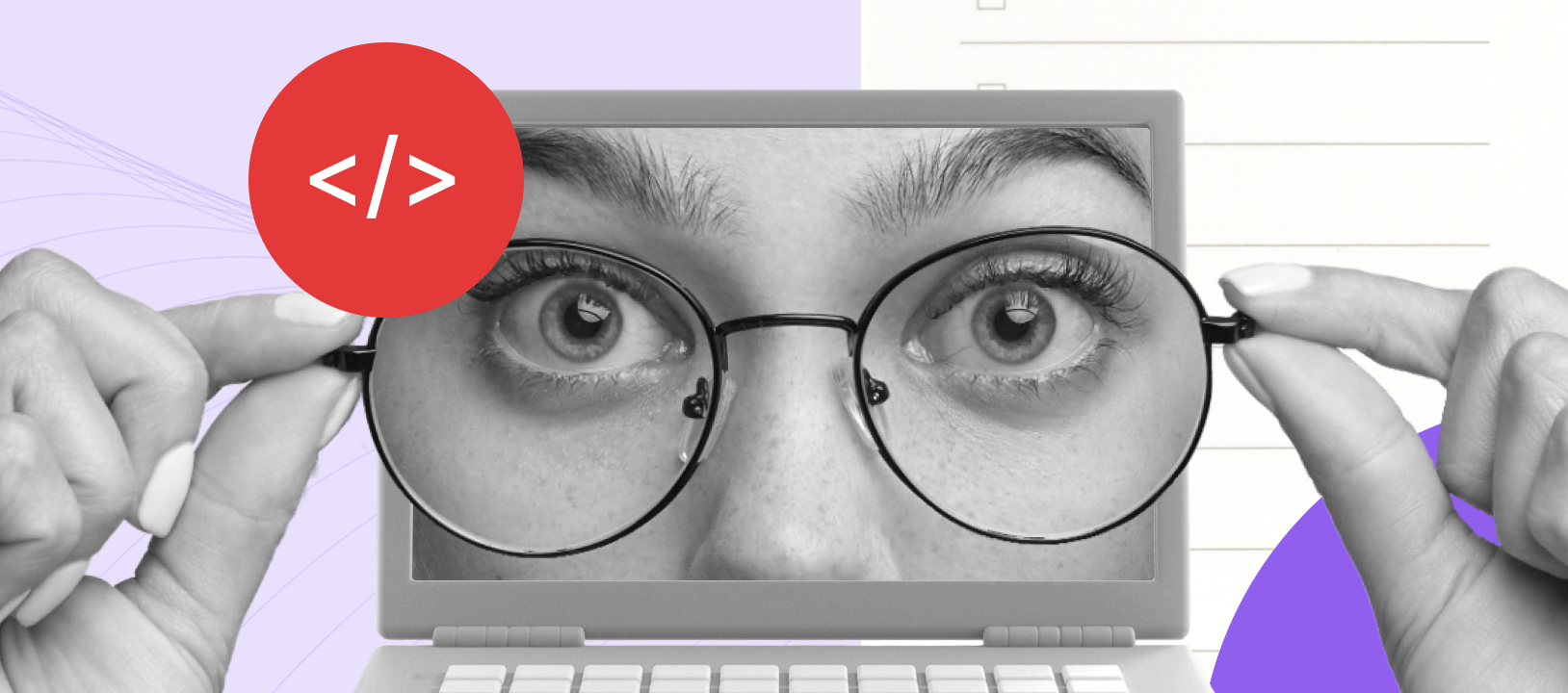Achieving near-perfect precision in production has become a critical survival strategy for modern manufacturing. As global competition intensifies and technological expectations rise, manufacturers face an unprecedented challenge: maintaining impeccable product quality while managing increasingly complex production processes.
But how close is this ideal to reality? Quality failure remains a silent economic epidemic. Manufacturers worldwide lose an estimated $1.3 trillion annually, with even the most advanced production lines unexpectedly vulnerable. Shockingly, 20% of defects still evade traditional detection methods, only to surface after products have hit the shelves – a potential disaster for both brand reputation and financial stability.
Current industry practices reveal a striking disconnect. Despite advances in technology, over 65% of manufacturers still rely on manual inspection processes, with 40% experiencing recurrent product recalls. These outdated approaches create systemic vulnerabilities that undermine operational efficiency and market competitiveness.
- The Strategic Shift to Automation in Quality Control
- Non-Destructive Testing as the Foundation of Modern Inspection
- Sensor Technologies as the Eyes of Automated Inspection
- The Intelligence Behind Automated Systems: Data Processing and AI
- Case Studies: Real-World Implementation Scenarios
- Steps involved in AI-based Automated Inspection
- Conclusion
The Strategic Shift to Automation in Quality Control
Automated inspection systems provide manufacturers with a powerful tool to enhance production reliability and reduce costly errors. By integrating artificial intelligence, advanced sensors, and machine vision, these technologies transcend traditional quality control methods. They enable a strategic shift from reactive problem detection to proactive, data-driven manufacturing intelligence, transforming how companies approach product quality and operational efficiency.
This guide dissects the economic landscape of automated quality inspection and offers manufacturing leaders a comprehensive roadmap for understanding, implementing, and maximizing the return on these critical technologies.
Non-Destructive Testing as the Foundation of Modern Inspection
Many automated inspection systems incorporate non-destructive testing (NDT) techniques – methods that assess the properties of materials or components without causing damage. These techniques, such as ultrasonic testing, radiography and magnetic particle inspection, are essential for assessing a product’s strength, integrity, corrosion resistance and more – without affecting its usability.
The great advantage of NDT is that it leaves the product unchanged and ready for use, making it a practical choice for both newly manufactured items and those already in service. While a single NDT method may be sufficient for simpler inspections, more complex cases often require a combination of techniques to provide a complete picture of a product’s characteristics.
As automation has made NDT faster and more reliable, it has become a key part of today’s inspection technologies, ensuring efficient and accurate quality control across all industries.
Sensor Technologies as the Eyes of Automated Inspection
Modern automated inspection systems are complex technological ecosystems, with advanced sensor technologies serving as their primary detection mechanism. These sophisticated sensors come with different capabilities and cost implications:

Each sensor technology brings unique strengths, allowing manufacturers to choose precise inspection methods tailored to their specific production requirements. The result is a level of quality control that goes far beyond traditional manual inspection techniques.
The Intelligence Behind Automated Systems: Data Processing and AI
Artificial intelligence and advanced image processing algorithms have transformed automated inspection from a simple detection mechanism into an intelligent quality assurance system. By applying complex computational techniques, these systems can
- Analyse vast amounts of production data in milliseconds
- Identify subtle patterns and potential defects that are invisible to human inspectors
- Learn and improve inspection accuracy over time

The computing infrastructure behind these systems represents a significant investment. Manufacturers should expect the total system cost to be between $110,000 – $200,000, depending on the complexity and industry-specific requirements. While this may seem substantial, the long-term savings in reduced waste, improved product quality and increased efficiency make it a strategic investment for forward-thinking manufacturers.
Case Studies: Real-World Implementation Scenarios
The impact of automation in quality control goes far beyond basic defect detection. These systems ensure regulatory compliance, reduce liability risks and enable 100% part inspection – a feat impossible with traditional methods. For industries operating under strict regulatory oversight, automated inspection provides both precision and documented proof of compliance, effectively reducing the risk of costly penalties and recalls.
Here is how specific industries are using automated inspection to transform their quality control processes.
Automotive Manufacturing
In automotive manufacturing, automated inspection systems focus primarily on critical safety components and structural integrity. These systems excel at detecting micro defects in engine castings, inspecting welded frames and validating assembly accuracy. Implementation typically results in a 30% reduction in quality-related recalls and up to a 40% improvement in production efficiency. High-speed inspection capabilities enable 100% part verification without compromising production rates.
Aerospace and Defense
The aerospace industry demands unprecedented precision in quality control, especially for mission-critical components. Automated inspection systems focus on non-destructive testing of complex geometries and advanced materials. These systems typically achieve defect detection rates of 99.99%, which is critical for components where failure is not an option. The technology excels in inspecting 3D-printed metal components and composite materials, areas where traditional inspection methods fall short.
Pharmaceutical Production
Pharmaceutical manufacturing requires strict compliance with regulatory standards while maintaining high production volumes. Automated systems in this sector focus on container integrity, product consistency and packaging accuracy. These solutions typically reduce inspection errors by 85% compared to manual methods, while increasing throughput by 200-300%. The systems excel at detecting contamination, ensuring proper sealing and verifying product consistency.
Semiconductor Manufacturing
The semiconductor industry faces unique quality control challenges due to microscopic component sizes and complex internal structures. Non-contact automated inspection systems have become essential, capable of inspecting up to 1,000 components per second without physical contact or coupling agents. These systems achieve detection rates for internal defects and delamination that exceed traditional methods by 60%, while significantly reducing false positives.
Steps involved in AI-based Automated Inspection
The implementation of an AI-based automated inspection system follows a structured approach that combines strategic planning, technical development and operational integration.
Strategic Planning
The process begins with the definition of clear business objectives and quality requirements. This first step ensures that the inspection system is aligned with specific production needs and compliance standards.
Technology Selection
The second phase focuses on selecting appropriate inspection technologies based on specific manufacturing requirements. This involves evaluating various inspection methods – from ultrasonic sensors and computer vision systems to advanced radiographic solutions. The selection process must consider factors such as inspection type, production conditions and required accuracy levels.
Data Collection and Preprocessing
The foundation of any AI-based system is its data. The process continues with data collection and preprocessing, where relevant inspection data is collected and prepared for analysis. This can include visual data, sensor readings or other measurement inputs, depending on the inspection requirements.
Data Annotation
Once the data has been collected, it needs to be properly annotated and prepared for AI model training. This step involves labelling defects, classifying product characteristics and ensuring that the data accurately represents real-world inspection scenarios.
Model Development
System intelligence comes from careful model selection and training. This involves selecting and configuring appropriate AI models, training them on the prepared dataset and fine-tuning their parameters to achieve optimal performance. The training process includes data augmentation techniques to improve the model’s ability to handle different inspection scenarios.
System Integration
The final stages focus on system integration and deployment. This includes connecting the AI system to production equipment, establishing appropriate controls and ensuring smooth operation within the existing manufacturing environment. Once deployed, the system requires continuous monitoring and optimization to maintain peak performance and adapt to changing production conditions.
Validation and Operation
Throughout the process, validation and testing are critical. Each step must be verified to ensure the system meets accuracy requirements and can effectively handle real-world production conditions.
Continuous Improvement
Long-term system success depends on real-time performance monitoring and adaptation. The operational AI system continuously processes production line data, making immediate quality decisions and learning from new scenarios. Regular adjustments based on actual production data ensure that the system maintains high accuracy and reliability over time.
Conclusion
Investing in automated inspection systems is a complex decision influenced by many technical and operational factors. From system complexity and customization requirements to integration challenges and ongoing support needs, each aspect contributes to the overall cost of implementation. However, these investments consistently deliver significant returns through increased operational efficiency, significantly reduced quality control costs and improved production scalability.
Beyond the immediate financial considerations, automated inspection systems provide manufacturers with a strategic advantage in today’s competitive marketplace. The combination of improved production reliability, reduced labour intensity and enhanced quality assurance capabilities positions companies for sustainable growth and market leadership.
For manufacturers ready to explore automated inspection solutions, Softarex offers extensive expertise in the design and implementation of customised systems. Our experienced team can provide detailed cost analysis and implementation strategies tailored to your specific manufacturing requirements, ensuring optimal return on investment while meeting your unique production needs. Contact us today to discuss your project and discover how we can support your automation goals.









